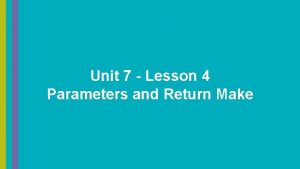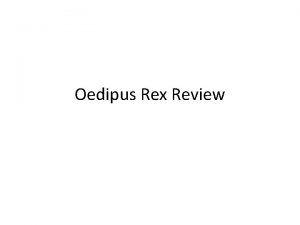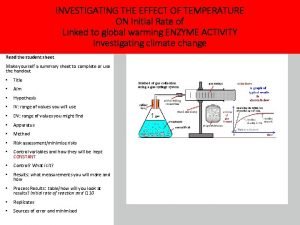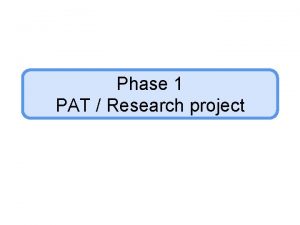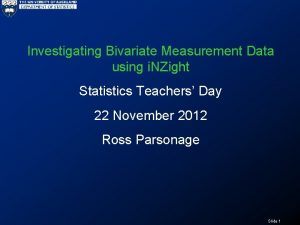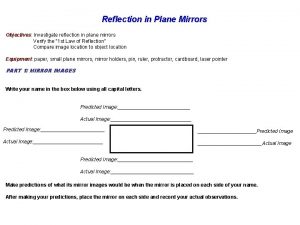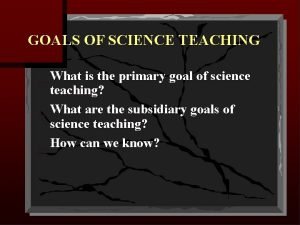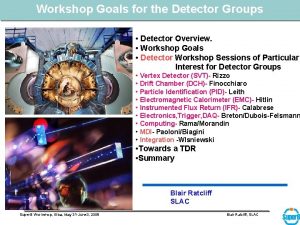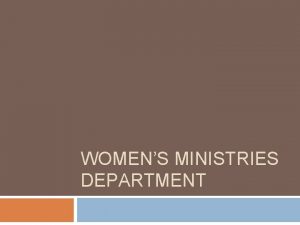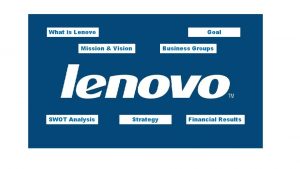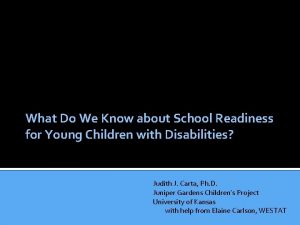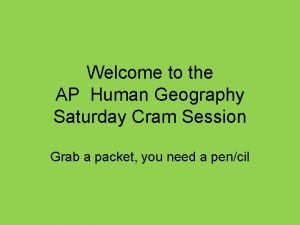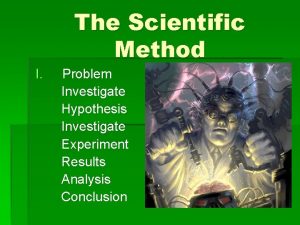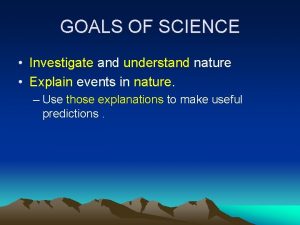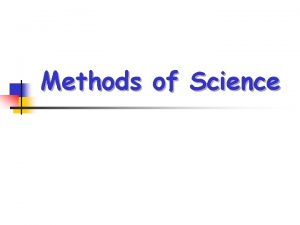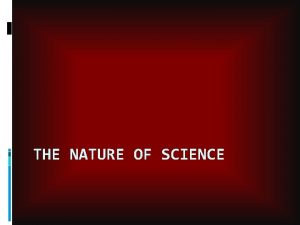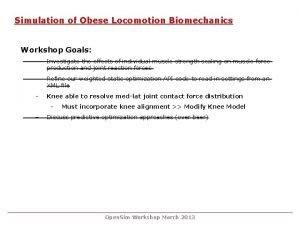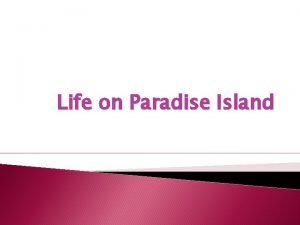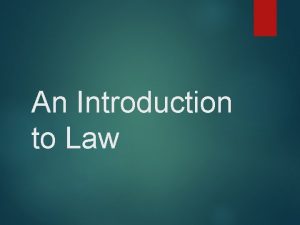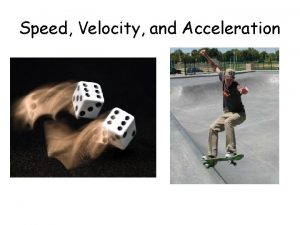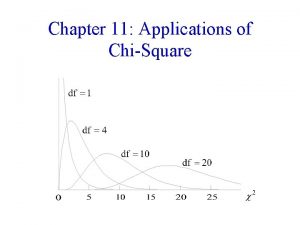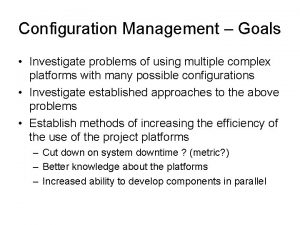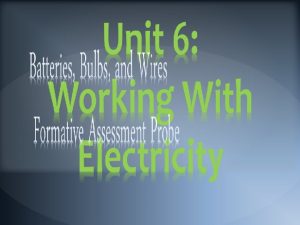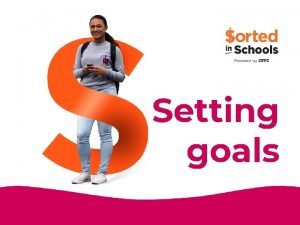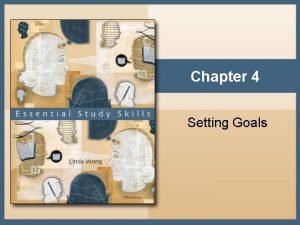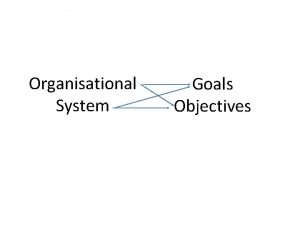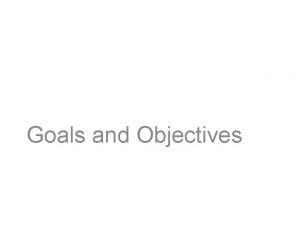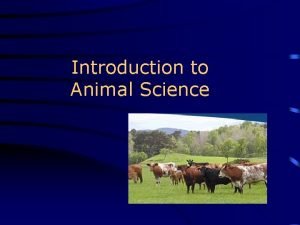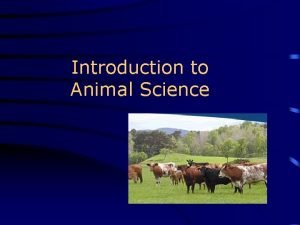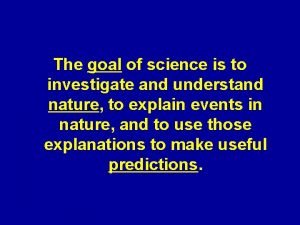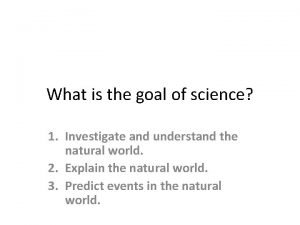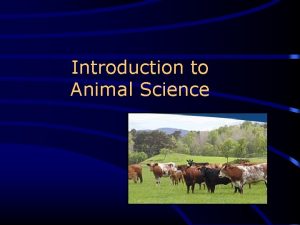Goals of Science Goals of Science To investigate



























- Slides: 27

Goals of Science

Goals of Science To investigate and understand nature To explain events in nature To use explanations to make useful predictions

Scientific Method A method used by scientists to design an experiment. ◦ Before you can design an experiment, you have to make some observations.

Steps in the Scientific Method Observation Hypothesis Experiment Data Collection Conclusion Retest

Observations Gathered through your senses (sight, hearing, touch, smell, and taste) to gather information A scientist notices something in their natural world.

Observations can be quantitative or qualitative: ◦ Quantitative – involving numbers ◦ Qualitative – characteristics that cannot be easily measured or counted Data – the information gathered through observation (also called evidence)

Observations An example of an observation might be noticing that many salamanders near the pond have curved, not straight, tails.

Qualitative versus Quantitative It’s red It’s hot It’s 200 miles away It’s smaller than one cm ◦ Qualitative ◦ Quantitative ◦ Both

Observation versus Inference Observation – gathered information using senses. Inference – logical interpretation based on prior knowledge and experience. Statement Object A is round and orange. Observation Inference X X Object A is a basketball. Object C is round & black & white. X Object C is larger than Object B. X Object B is smooth. X Object B is a table-tennis ball. X Each object is used in a different sport. X

Hypothesis A suggested solution to the problem Must be testable Sometimes written as If…Then… statements Predicts an outcome

Hypothesis An example of a hypothesis might be that the salamanders have curved tails due to a pollutant in the moist soil where they live.

Experiment A procedure to test the hypothesis. Variable – factor in the experiment that is being tested. A good or “valid” experiment will only have ONE variable!

Controlled Experiment Controlled experiment- an experiment that compares a control group and an experimental group. ◦ The experimental group contains one variable that is changed. ◦ The control group is the group that the variable is compared too; it does not change in the experiment.

Scientific Experiments Follow Rules An experimenter changes one factor and observes or measures what happens.

Variables A variable is something that can change in an experiment ◦ When you change one variable another variable changes Ex. When you add more light to a plant experiment there is more oxygen produced

The Control Variable The experimenter makes a special effort to keep other factors constant so that they will not affect the outcome. Those factors are called the control variable.

What is the purpose of a control? Controls are NOT being tested Controls are used for COMPARISON

Other variables The factor that is changed or manipulated is known as the independent variable. The factor that is measured or observed is called the dependent variable.

Independent versus Dependent Variables • Independent variable- factor in an experiment that a scientist purposely changes (also called a manipulated variable) The “ IF” • Dependant variable - factor in an experiment that may change due to a independent variable (also responding variable) The “THEN”

One more thing…it is best to make several trials with each independent variable.

Remember: To be valid experiment: Two groups are required – the control and experimental groups There should be only one variable

Data Must be organized Can be organized into charts, tables, or graphs

Conclusion The answer to the hypothesis based on the data obtained from the experiment.

Retest In order to verify the results, experiments must be retested.

Scientific theories versus Laws • Science theory means that a belief based on observation has been tested and stood the test of time (has never been disproved). • Laws are theories that have occurred in nature so often, that they are considered to be true.

For Fun! – Scientific Method Song http: //nicolellawhhs. weebly. com/scien tific-method. html

Ticket out the Door 1 - Patty Power Mr. Krabbs wants to make Bikini Bottoms a nicer place to live. He has created a new sauce that he thinks will reduce the production of body gas associated with eating crabby patties from the Krusty Krab. He recruits 100 customers with a history of gas problems. He has 50 of them (Group A) eat crabby patties with the new sauce. The other 50 (Group B) eat crabby patties with sauce that looks just like new sauce but is really just mixture of mayonnaise and food coloring. Both groups were told that they were getting the sauce that would reduce gas production. Two hours after eating the crabby patties, 30 customers in group A reported having fewer gas problems and 8 customers in group B reported having fewer gas problems. Which people are in the control group? What is the independent variable? What is the dependent variable? What should Mr. Krabs’ conclusion be?
 Strategic goals tactical goals operational goals
Strategic goals tactical goals operational goals Strategic goals tactical goals operational goals
Strategic goals tactical goals operational goals Lesson 4 parameters and return make rock paper scissors
Lesson 4 parameters and return make rock paper scissors Priest in oedipus rex
Priest in oedipus rex Investigate a factor affecting the initial rate of reaction
Investigate a factor affecting the initial rate of reaction How to investigate a problem
How to investigate a problem Investigate bivariate measurement data
Investigate bivariate measurement data Investigate reflection
Investigate reflection General goals and specific goals
General goals and specific goals Examples of generic goals and product-specific goals
Examples of generic goals and product-specific goals My favorite school subject
My favorite school subject Goals of science
Goals of science Natural vs social science
Natural vs social science Branches of natural science diagram
Branches of natural science diagram Natural science vs physical science
Natural science vs physical science Applied science vs pure science
Applied science vs pure science Natural science and social science similarities
Natural science and social science similarities Science fusion think central
Science fusion think central Rule of 70 in population growth
Rule of 70 in population growth Julie lundquist
Julie lundquist Soft science definition
Soft science definition Workshop goals examples
Workshop goals examples Work ethics for work immersion
Work ethics for work immersion Women's ministry goals and objectives
Women's ministry goals and objectives Women's ministry goals and objectives
Women's ministry goals and objectives Lenovo goals and objectives
Lenovo goals and objectives School readiness goals
School readiness goals Elongated state
Elongated state


